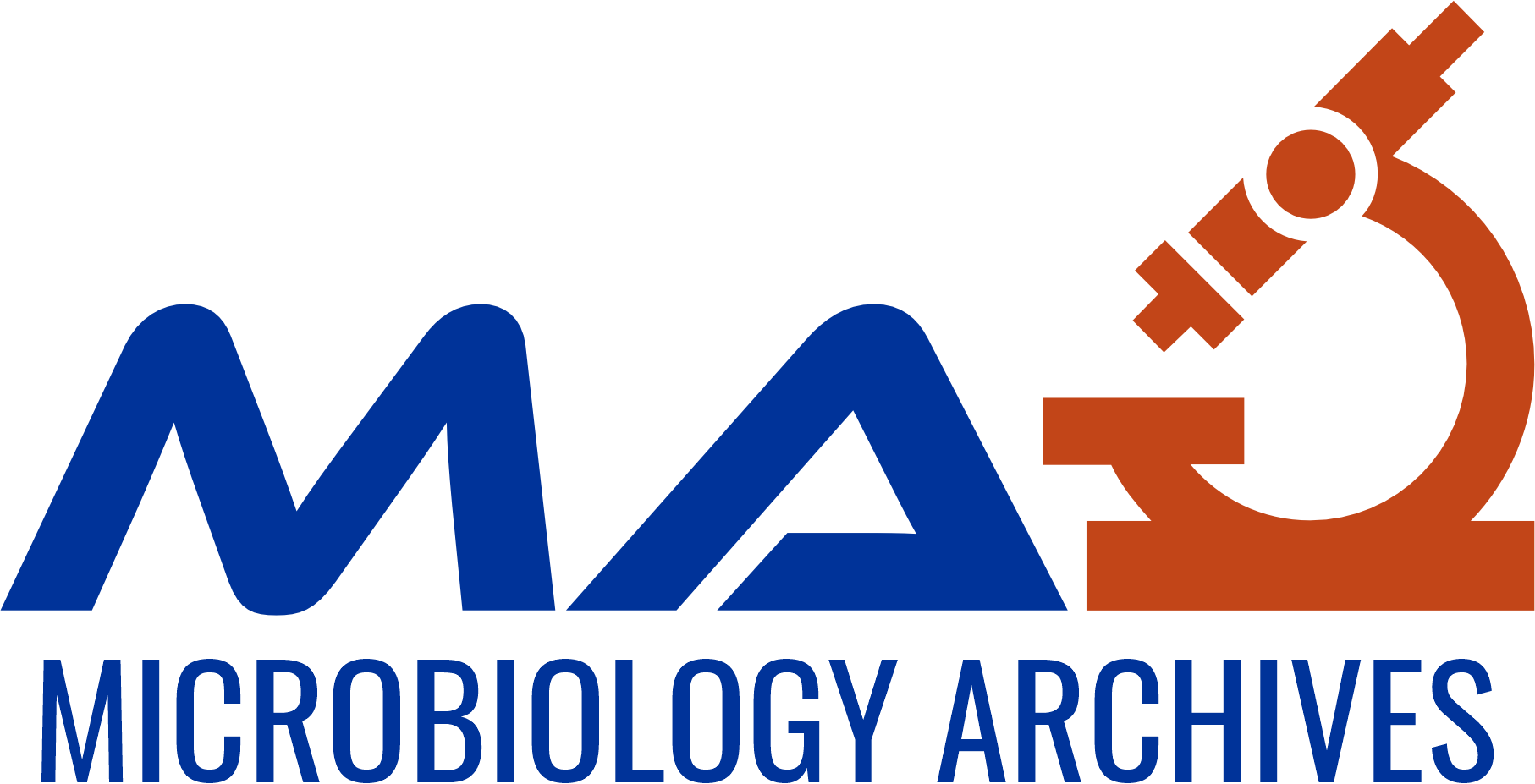Enicostema axillare (Lam.) A. Raynal, often known as Indian whitehead, belongs to the Gentianaceae family and is well-known for its traditional medicinal usage in India and around the world. The antioxidant and antibacterial activities of methanolic E. axillare leaf extracts were investigated in vitro. The antioxidant activity was measured using ABTS radical and nitric oxide (NO) scavenging tests, with ascorbic acid as the standard. The ABTS experiment showed concentration-dependent antioxidant activity, with an IC₅₀ value of 65.41 µg/mL, less potent than ascorbic acid (IC₅₀: 1.32 µg/mL). NO scavenging activity was substantial, with IC₅₀ values ranging from 67.24 ± 1.82 µg/mL to 69.84 ± 1.75 µg/mL. However, ascorbic acid performed better (IC₅₀: 24.28 ± 1.29 µg/mL to 84.93 ± 3.37 µg/mL). Antibacterial activity was tested using the disc diffusion method, and it demonstrated superior efficacy against Gram-negative bacteria (E. coli and P. aeruginosa) with inhibition zones of 10-16 mm, compared to Gram-positive strains (S. aureus and S. pneumoniae). In contrast, the common antibiotic ampicillin had much higher antibacterial activity. Antifungal activity, as measured by the well diffusion method, showed low efficacy for E. axillare (inhibition zones: 0.8-10 mm) compared to fluconazole (12-25 mm). These findings emphasize E. axillare’s potential as a natural source of antioxidants and antibacterial agents, necessitating additional optimization and research for improved therapeutic uses.
